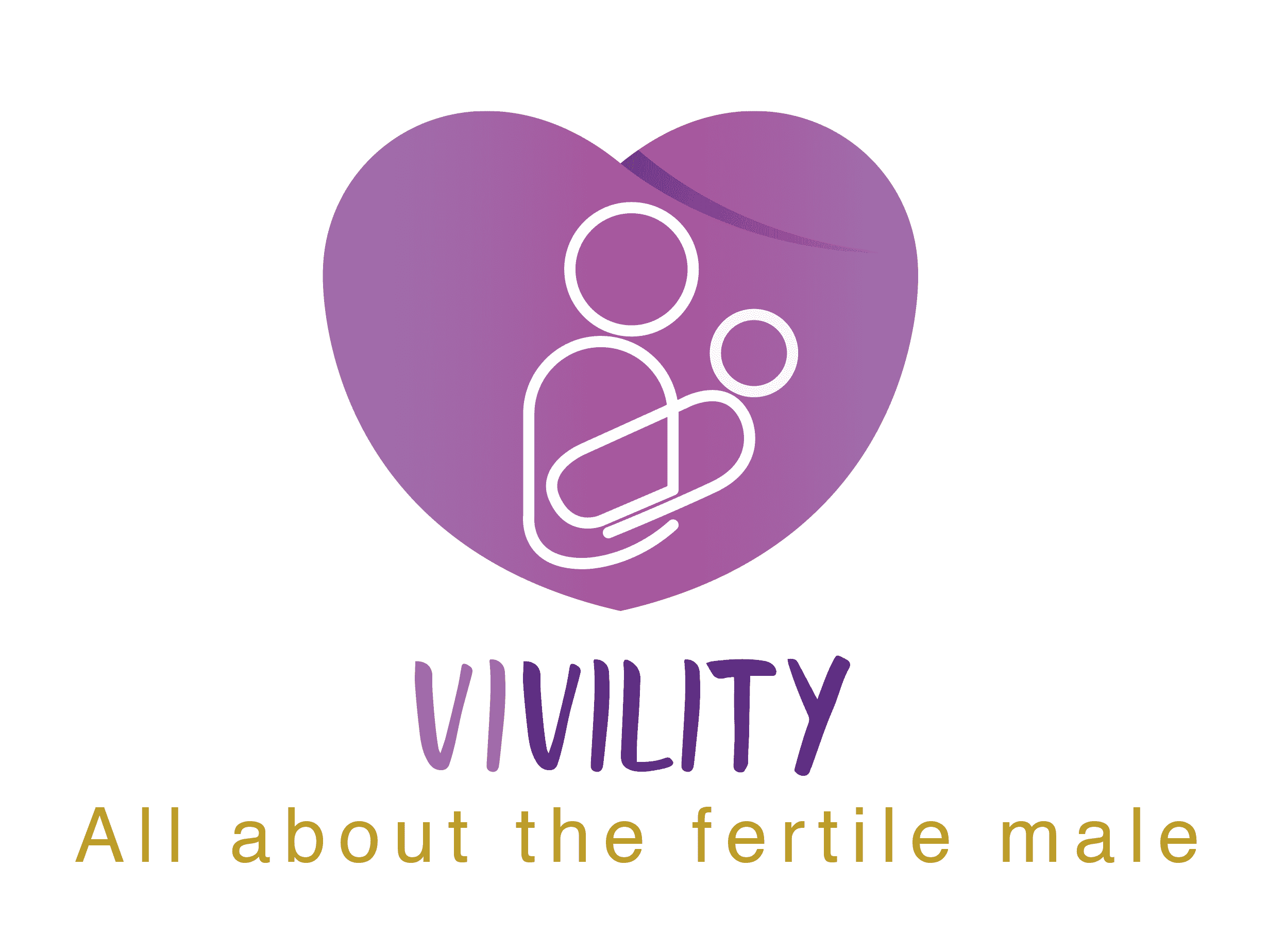Heard the term poor sperm morphology and not sure what it really means? You’re not alone. Morphology refers to the shape and structure of sperm—and yes, it matters. Abnormally shaped sperm can have a harder time reaching and fertilizing an egg, but here’s the good news: it’s not the end of the road for fertility.
Many men with low morphology still go on to become dads, naturally or with a little help. In this article, we’ll break down what sperm morphology is, what causes it, how it’s tested, and what steps you can take to improve it. Let’s make it simple.
What is Asthenospermia & its Impact on Male Fertility?
Asthenospermia, often referred to as reduced sperm motility, is a condition where sperm have decreased ability to swim effectively. This condition is a significant factor in male infertility, affecting approximately 40% of infertile men worldwide. Understanding its prevalence helps in recognizing its impact on reproductive health.
- Definition : Reduced sperm motility affecting fertility.
- Prevalence : Affects 40% of infertile men globally.
Impact on Male Fertility
The impact of asthenospermia on male fertility is profound. Sperm motility is crucial for the journey through the female reproductive tract to fertilize the egg. When motility is compromised, the chances of natural conception decrease significantly, making it a leading cause of male infertility.
- Sperm motility : Essential for fertilization.
- Infertility : Major cause due to reduced motility.
Common Causes of Asthenospermia
Lifestyle Factors
Lifestyle choices play a crucial role in sperm health. Factors such as smoking, excessive alcohol consumption, and poor diet can negatively impact sperm motility. Maintaining a healthy lifestyle is essential for optimal sperm function.
- Smoking : Reduces sperm quality.
- Alcohol : Excessive intake affects motility.
- Diet : Poor nutrition impacts sperm health.
Medical Conditions
Certain medical conditions can lead to asthenospermia. These include diabetes, hormonal imbalances, and infections. Addressing these underlying health issues is vital for improving sperm motility.
- Diabetes : Affects sperm function.
- Hormonal imbalances : Disrupts sperm production.
- Infections : Can damage sperm cells.
Environmental Exposures
Exposure to environmental toxins and pollutants can adversely affect sperm motility. Chemicals found in pesticides, heavy metals, and industrial pollutants are known to impair sperm function.
- Pesticides : Harmful to sperm health.
- Heavy metals : Lead and mercury reduce motility.
- Pollutants : Industrial chemicals affect sperm.
Genetic Influences
Genetic factors can also contribute to asthenospermia. Mutations or abnormalities in genes responsible for sperm production and function can lead to reduced motility.
- Genetic mutations : Affect sperm development.
- Inherited conditions : Can cause motility issues.
Recognizing Asthenospermia Symptoms
Reduced Sperm Motility
The primary symptom of asthenospermia is reduced sperm motility. This can be identified through a semen analysis, which measures the percentage of moving sperm and their speed.
- Semen analysis : Determines motility levels.
- Movement : Reduced speed and number of moving sperm.
Fertility Challenges
Men with asthenospermia often face fertility challenges. Difficulty in conceiving naturally is a common issue, prompting many to seek medical advice and treatment.
- Conception difficulties : Common in affected men.
- Medical consultation : Often necessary for diagnosis.
Diagnosing Asthenospermia
Semen Analysis
A semen analysis is the primary diagnostic tool for asthenospermia. It evaluates sperm count, motility, and morphology to determine the extent of the condition.
- Sperm count : Assessed during analysis.
- Motility and morphology : Key parameters measured.
Additional Fertility Tests
In some cases, additional fertility tests may be required. These can include hormonal assessments, genetic testing, and ultrasounds to identify underlying causes.
- Hormonal tests : Check for imbalances.
- Genetic testing : Identifies hereditary factors.
- Ultrasound : Examines reproductive organs.
Effective Treatment Options for Asthenospermia
Lifestyle Modifications
Improving lifestyle habits can significantly enhance sperm motility. Quitting smoking, reducing alcohol intake, and adopting a balanced diet are effective strategies.
- Quit smoking : Improves sperm health.
- Balanced diet : Supports reproductive function.
- Exercise : Enhances overall health.
Medications and Supplements
Certain medications and supplements can aid in improving sperm motility. Antioxidants, vitamins, and specific fertility drugs are commonly prescribed.
- Antioxidants : Protect sperm from damage.
- Vitamins : Essential for sperm health.
- Fertility drugs : Enhance motility.
Advanced Reproductive Technologies
For severe cases, advanced reproductive technologies like Intrauterine Insemination (IUI) and In Vitro Fertilization (IVF) can be considered. These methods assist in achieving pregnancy despite motility issues.
- IUI : Directly places sperm in the uterus.
- IVF : Fertilizes egg outside the body.
Surgical Interventions
In some instances, surgical interventions may be necessary. Procedures to correct varicoceles or blockages can improve sperm motility.
- Varicocele repair : Enhances blood flow.
- Blockage removal : Restores sperm passage.
Prevention Strategies for Asthenospermia
Maintaining a Healthy Lifestyle
Adopting a healthy lifestyle is crucial for preventing asthenospermia. Regular exercise, a balanced diet, and avoiding harmful substances contribute to better sperm health.
- Regular exercise : Boosts overall health.
- Balanced diet : Supports reproductive function.
- Avoid harmful substances : Protects sperm.
Avoiding Environmental Toxins
Limiting exposure to environmental toxins is essential. Using protective gear and avoiding polluted areas can help maintain sperm motility.
- Protective gear : Reduces exposure risk.
- Avoid polluted areas : Minimizes toxin intake.
Asthenospermia vs. Other Sperm Disorders
Oligospermia
Oligospermia refers to a low sperm count, differing from asthenospermia, which involves motility issues. Both conditions can impact fertility but require different treatment approaches.
- Low sperm count : Characteristic of oligospermia.
- Different treatment : Compared to motility issues.
Teratospermia
Teratospermia involves abnormal sperm shape, unlike asthenospermia, which affects movement. Understanding these differences is crucial for accurate diagnosis and treatment.
- Abnormal shape : Key feature of teratospermia.
- Diagnosis and treatment : Vary from motility issues.
Coping with an Asthenospermia Diagnosis
Emotional Support
Receiving an asthenospermia diagnosis can be emotionally challenging. Seeking support from loved ones and counseling can help manage stress and anxiety.
- Support from loved ones : Provides comfort.
- Counseling : Helps manage emotional stress.
Seeking Professional Help
Professional guidance is essential for managing asthenospermia. Fertility specialists can offer tailored treatment plans and support throughout the journey.
- Fertility specialists : Provide expert advice.
- Tailored treatment plans : Address individual needs.
Final Thoughts
Asthenospermia is a significant factor in male infertility, but understanding its causes, symptoms, and treatment options can empower individuals to seek effective solutions. With advancements in medical research and technology, there is hope for improved fertility outcomes.
FAQs
What is the main cause of asthenospermia?
The main cause of asthenospermia is often linked to lifestyle factors, medical conditions, and environmental exposures. Smoking, poor diet, and exposure to toxins can significantly impact sperm motility. Addressing these factors can improve sperm health.
Can asthenospermia be cured naturally?
Asthenospermia can sometimes be improved through natural means such as lifestyle modifications. Quitting smoking, adopting a healthy diet, and regular exercise can enhance sperm motility. However, severe cases may require medical intervention.
How does asthenospermia affect fertility?
Asthenospermia affects fertility by reducing the sperm’s ability to reach and fertilize the egg. This decreased motility makes natural conception challenging. Treatment options are available to assist in achieving pregnancy.
What is the difference between asthenospermia and oligospermia?
Asthenospermia involves reduced sperm motility, while oligospermia refers to a low sperm count. Both conditions impact fertility but require different diagnostic and treatment approaches. Understanding these differences is crucial for effective management.


